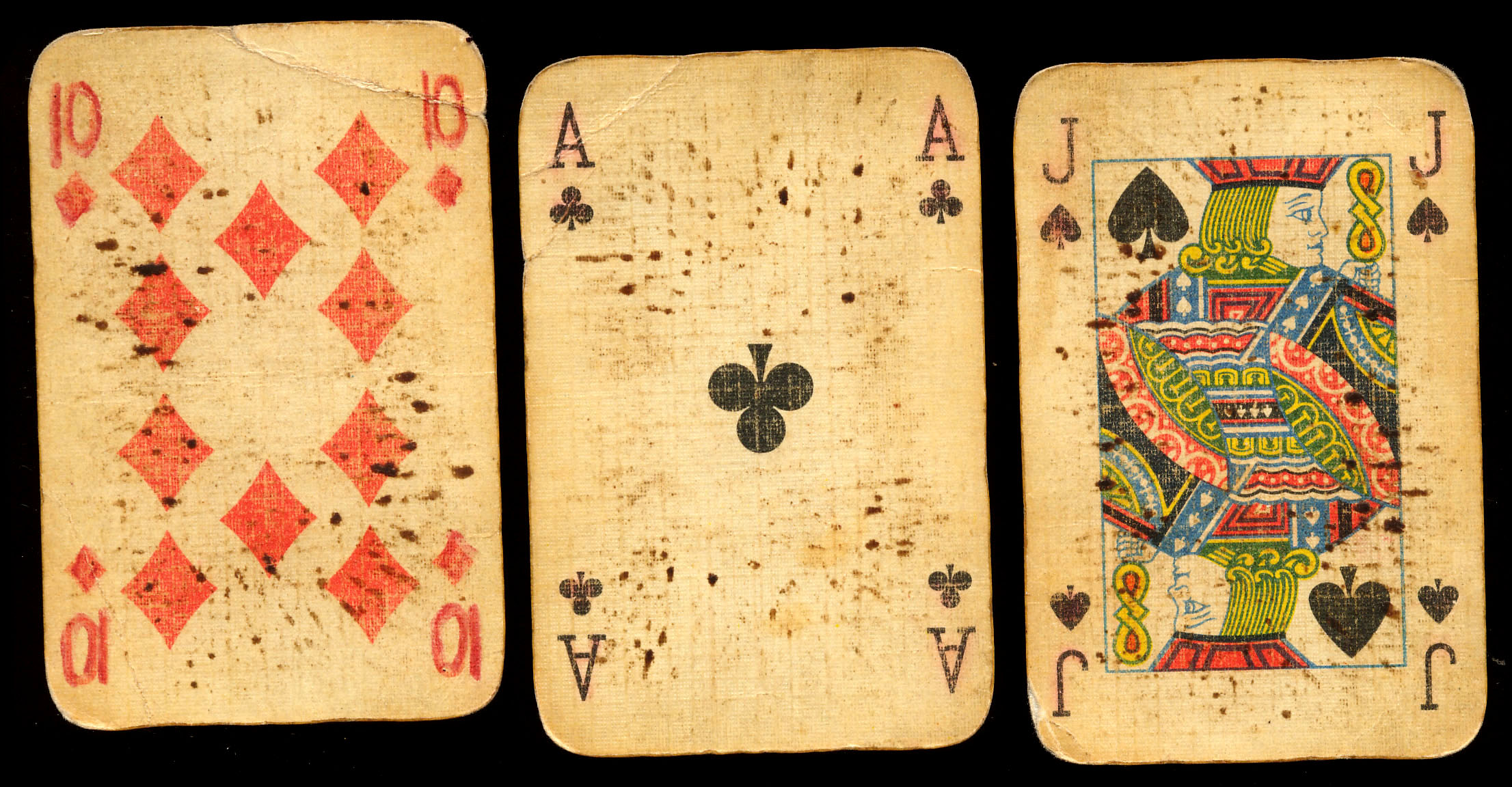Mastering Casino Game Volatility and Gaming Risk Control
페이지 정보
작성자 XT 작성일25-08-16 10:17 (수정:25-08-16 10:17)관련링크
본문

Introduction
Let’s face it, landing a huge payout is every player’s dream, isn’t it? But pursuing those massive payouts without a strategy is a quick way to empty your wallet before you know it. That’s where knowing game volatility makes all the difference. Imagine it as the mood swing of a slot machine or the nature of a poker table. Some games are predictable, delivering regular small victories. Others are volatile, with stretches of nothing, followed by huge paydays — or crushing defeats. Learning risk management isn’t about playing it safe all the time — that’s not realistic. It’s about knowing how to manage it. This breakdown gives you expert advice, based on years of experience in the online casino fontan world. The goal? To help you play smarter so you can maximize your gameplay and boost your winning chances.
Key Concepts: Volatility, Variance & RTP
To navigate the casino world, you need to understand a few core concepts. Volatility, variance, and Return to Player (RTP) may sound similar, but they mean different things. Volatility is the intensity of swings in a game — higher volatility means huge payouts, but they’re less frequent. Variance is the degree of fluctuation in a game's outcomes — greater variance = more dramatic shifts. RTP, meanwhile, is the long-term return a game pays back over time — usually shown as a percentage. Just note, RTP is theoretical, and luck still plays a role.
Understanding the Role of Statistical Significance
Statistical significance lets you spot real trends. Say you do better than the RTP suggests — that might just be random. But if over thousands of spins, you notice consistent trends, that could be a real advantage. It helps you rely less on guessing.
Recognizing Volatility in Casino Games
Game volatility is a major factor. High volatility = rare but big wins. Low volatility = more consistent results. Medium is the best of both worlds. So how do you spot it? Look at win patterns. Short winning cycles = low volatility. Massive jackpots = high volatility. Also, check the game info for terms like "volatility". Some providers label it directly; others don’t, so player reviews can help too.
Does the Game Studio Matter?
Many studios tend to have a pattern in game design. Some specialize in big win games; others offer low-volatility titles. It’s not a universal truth, but it’s worth considering when selecting games.
Gameplay Shaped by Volatility
Game volatility affects your overall gameplay. High volatility = big gaps, but huge rewards. That means you’ll need patience. It’s crucial to pace your bets accordingly. Your strategy should fit the volatility. Playing high-volatility games takes guts. Know when to bet big.
Martingale Strategy Pitfalls
Using Martingale (doubling your bet after a loss) might feel logical, but with big gaps between wins, it’s a dangerous trap. A bad run and your bankroll is gone. Don’t mix the two — it’s financial suicide.
Gambling With a Smart Plan
Managing risk means thinking ahead. Decide how to divide your money, stay in control, and never chase losses.
Know When to Walk Away
Establish a ceiling for how much you’re willing to lose. Once it’s hit, shut it down. That’s discipline — it’s damage control.
Play Safe
It’s entertainment, not income. If it starts to feel like a problem, get help. There are resources available.
Level Up Your Strategy
Want to go deeper? Apply strategic tools like mathematical models. These approaches balance reward and risk.
Kelly Criterion
This method calculates how much to bet based on risk vs. reward. It’s smart, strategic, and proven.
Read the Numbers
Stats reveal patterns. Break down game volatility, payout rates, bonus hit rates. That insight helps you play smarter.
Conclusion
Game volatility isn’t just a buzzword — it’s a powerful tool. Learn it, and you’ll stay in control. Combine that with risk management, and your chances improve. Approach each game with a plan, and you won’t be flying blind.
댓글목록
등록된 댓글이 없습니다.

